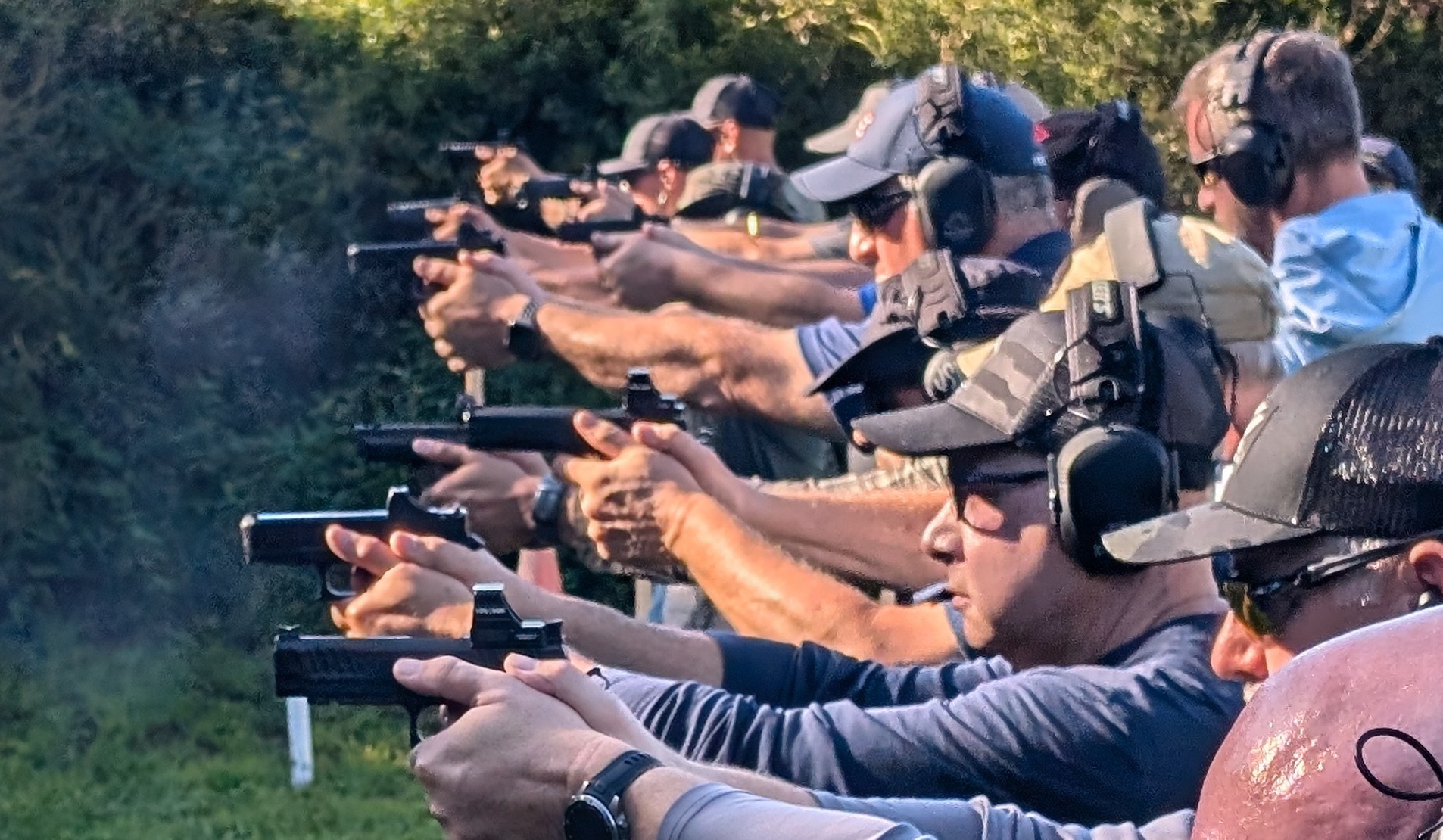How FBI Profiling Techniques Can Sharpen Your Everyday Awareness
Understanding people—what drives them, how they respond under pressure, and what their subtle cues reveal—is a vital skill in today’s fast-paced world. Whether you’re managing a team, navigating personal relationships, or operating in high-stakes environments, the ability to read human behavior gives you a distinct edge.
One of the most effective, structured approaches to understanding people comes from the FBI’s Behavioral Analysis Unit (BAU). Originally developed to track violent offenders, FBI profiling—also known as criminal investigative analysis—has powerful applications far beyond criminal investigation. These techniques, rooted in psychology, observation, and pattern recognition, can be adapted to improve everyday decision-making, threat assessment, and interpersonal effectiveness.
Inside the FBI’s Behavioral Profiling System
FBI profiling is a science-based approach to analyzing human behavior. It’s not about hunches—it’s about data-driven observations, psychological patterns, and decades of casework.
FBI profilers rely on two primary methods of reasoning:
- Inductive reasoning uses statistical analysis of past behavior. For example, what types of individuals tend to commit certain crimes or act in certain patterns?
- Deductive reasoning focuses on the specifics of a person’s actions or a particular scenario. What does this behavior say about the individual right now?
By using both approaches, profilers develop comprehensive psychological profiles that help anticipate how a subject is likely to behave.
The Key Concepts That Translate to Everyday Situations
🧠 1. Modus Operandi (M.O.) vs. Signature
In FBI profiling, M.O. refers to the practical steps someone takes to complete an act—it evolves as the person learns. Signature, however, is what fulfills a deeper emotional or psychological need. Unlike M.O., signature behaviors are personal and consistent.
📌 Real-Life Insight: At work, someone may follow procedures meticulously (M.O.) but constantly seeks admiration or authority (signature). Recognizing this distinction helps you manage their behavior effectively—you’re not just dealing with process, you’re dealing with personality.
📊 2. Organized vs. Disorganized Behavior
FBI analysts classify behavior as either:
- Organized: Indicates premeditation, control, and usually higher social functioning.
- Disorganized: Suggests impulsiveness, lack of experience, or emotional instability.
📍 Example: A team member who consistently plans projects in detail and anticipates problems shows organized tendencies. Someone who frequently misses deadlines, reacts emotionally, or forgets key tasks may exhibit disorganized patterns. Understanding this helps you assign roles, anticipate challenges, or decide how much structure someone needs.
🧩 3. Behavioral Patterns Over Time
One of the most powerful tools in profiling is the ability to identify patterns—not just isolated actions. Behavior under stress, reactions to failure, body language during confrontation—all offer clues.
🧠 How to Use It: Watch for inconsistencies between what people say and what they do. A person who talks about teamwork but avoids collaboration is showing a mismatch. Profilers are trained to trust actions over words—and so should you.
Geographic Profiling and Behavioral Zones
In law enforcement, geographic profiling maps out the locations of crimes to estimate where an offender lives, works, or feels safe. It’s based on the idea that people operate within “comfort zones.”
🌐 Everyday Parallel: Think of someone’s comfort zones in social or professional settings. Where are they confident? Where do they withdraw? Understanding a person’s behavioral geography can help you predict when they’ll feel threatened, when they’re likely to perform well, and where they’re most authentic.
Building a Practical Psychological Profile
FBI profiles include:
- Likely age and gender
- Educational background
- Social and relationship history
- Emotional regulation tendencies
- Predictive behaviors under pressure
🔎 In Your Life: You don’t need to create a dossier. But noting key traits—how someone handles stress, how often they change jobs, how they resolve conflict—gives you a solid framework to better manage interactions, avoid manipulation, or even recognize red flags early in relationships.
Applying Profiling Principles in Everyday Scenarios
🎯 1. In Leadership
Use pattern recognition to manage team dynamics. If someone craves control, give them responsibility—but monitor how they handle feedback. If another team member shuts down under stress, consider a different role or communication style.
🚨 2. In Self-Defense
Profiling principles can aid in recognizing potential threats before they escalate. Someone who avoids eye contact, constantly scans exits, or invades personal space may require closer attention. The ability to detect pre-incident indicators can mean the difference between avoidance and confrontation.
💬 3. In Negotiation or Conflict Resolution
Profiling helps you read motivations. Is the other person truly interested in collaboration—or are they trying to gain leverage? Understanding deeper psychological drivers helps you tailor your approach and avoid being manipulated.
Avoiding Misuse: Profiling Is About Awareness, Not Labels
One of the biggest misconceptions about profiling is that it’s about placing people into categories. In reality, effective profiling is contextual. It’s about developing awareness over time, not jumping to conclusions based on one or two observations.
Be patient. Be observant. Let patterns emerge.
Why Behavioral Profiling Matters
Whether you’re a corporate leader, a first responder, a civilian preparing for uncertain environments, or simply someone who wants to interact more intelligently with others, behavioral profiling gives you an advantage.
It sharpens your ability to:
- Assess risk in people and situations
- Improve communication
- Predict responses before they happen
- Strengthen relationships through psychological insight
- Protect yourself from manipulation, deception, or toxic behavior
🔥 Elevate Your Skills with Valortec Training
At Valortec, we teach more than just tactics—we teach perception. Our advanced situational awareness, threat detection, and tactical training programs incorporate real-world behavioral analysis used by intelligence agencies and law enforcement.
Whether you’re interested in self-defense, professional development, or high-level firearms training, we’ll show you how to read your environment—and the people in it—with clarity and precision.
🎯 Train your instincts. Sharpen your awareness. Build a safer, smarter life.
🗓 Explore Valortec courses today and take control of your environment.
